The 1970s was a decade of transformation, rebellion, and outrageous self-expression—and nothing captured that cultural explosion quite like disco fever. More than just music, disco was a full-blown lifestyle and fashion movement that turned every dance floor into a runway. As 70 disco hits blared through clubs and roller rinks, style icons emerged, and fashion boundaries shattered. The era gave birth to a distinctive and daring look that still inspires modern fashionistas, costume designers, and retro lovers alike.
Disco fashion reflected the vibrant energy and hedonism of the time. People didn’t just dress to impress—they dressed to dazzle. The motto was simple: if it sparkles, shines, or shimmers, wear it. From shiny lamé fabrics to sequins and metallics, every outfit was designed to catch the light and amplify movement under the club’s spinning disco ball.
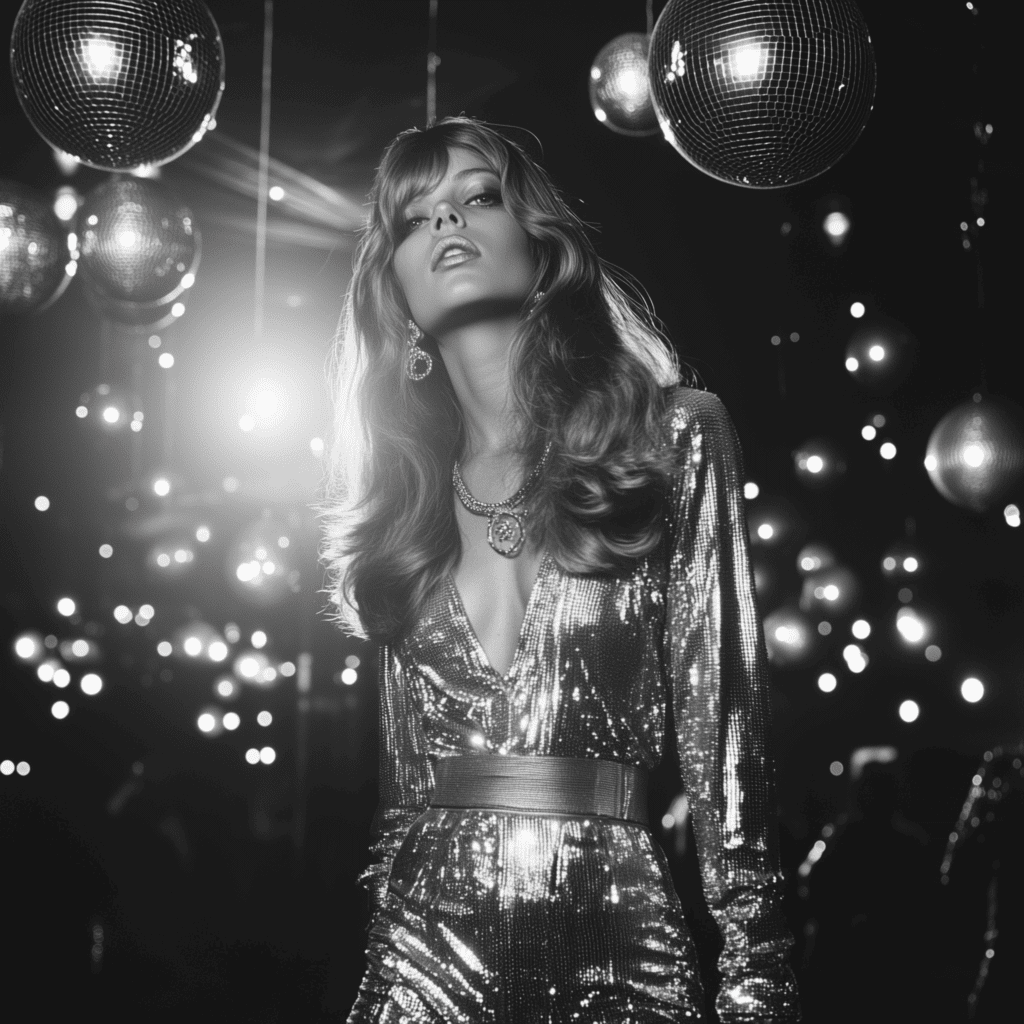
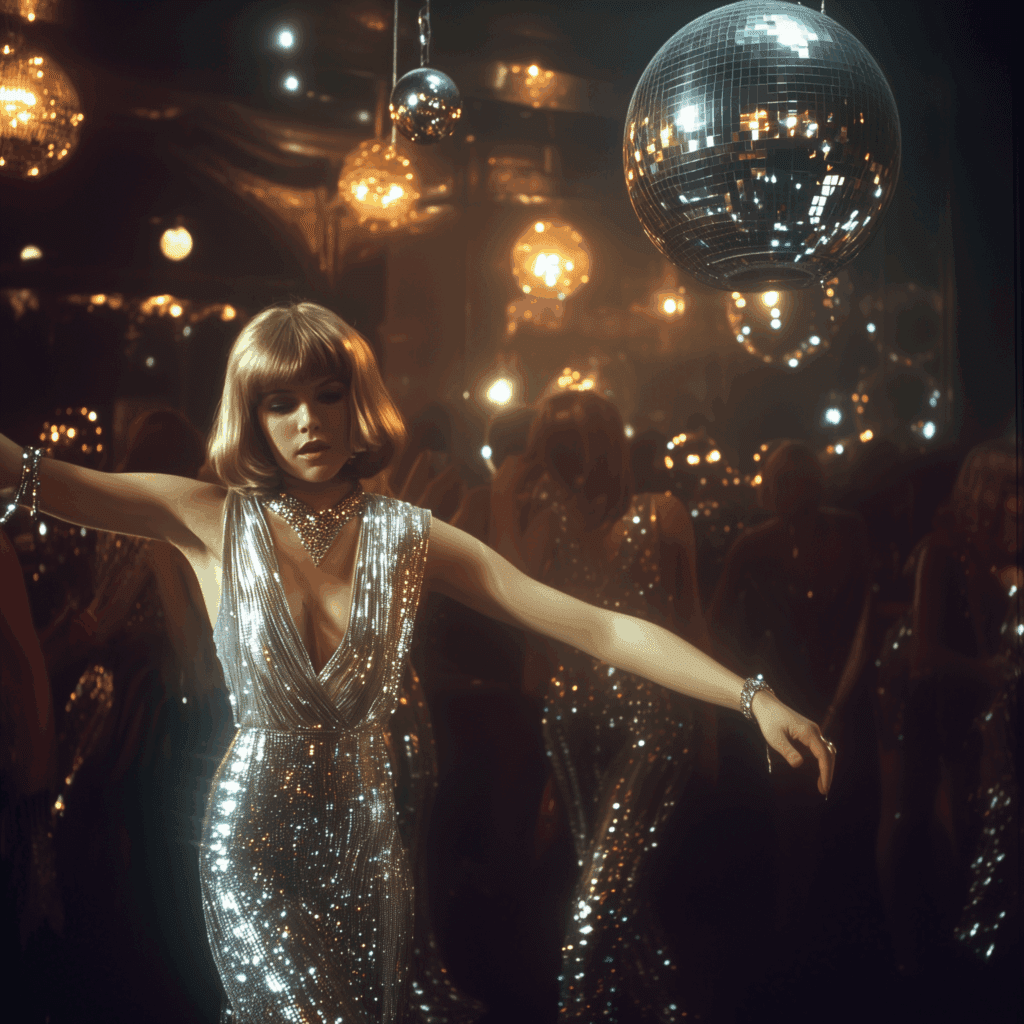
One of the biggest hallmarks of 1970s disco fashion was the emphasis on glamour. It was a world where women wore plunging necklines, backless tops, and daring jumpsuits, while men rocked wide lapels, flared trousers, and colorful silk shirts unbuttoned halfway down their chests. Gender-fluid style also found its footing, with bold makeup, accessories, and even heels making appearances in both men’s and women’s wardrobes.
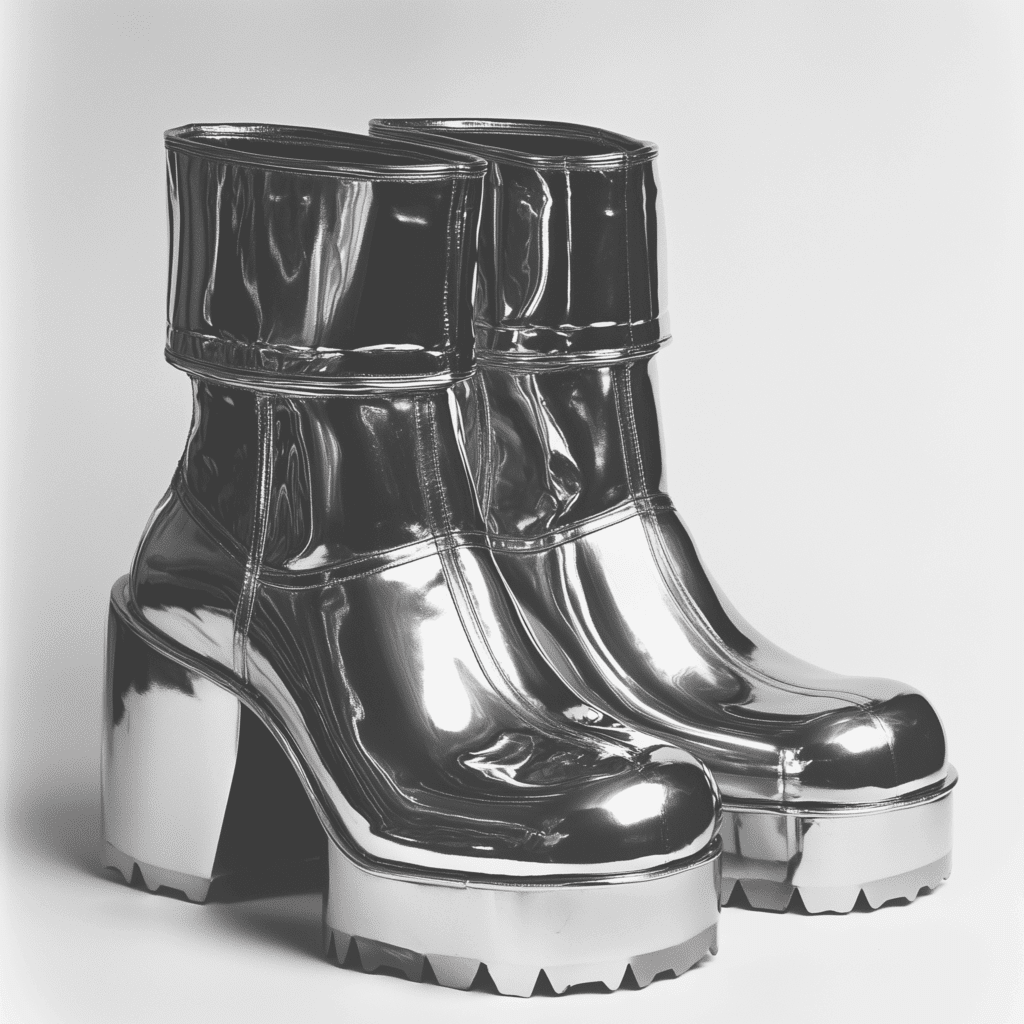
Platform shoes became the defining footwear of the disco era. These towering soles weren’t just fashion statements—they were declarations of confidence, elevation (literally), and theatricality. Men and women alike strutted into clubs on platforms covered in glitter, patent leather, or clear plastic. The higher the heel, the higher the vibe.
Hair and makeup also played a vital role in completing the disco look. Feathered 70s hairstyles, like those made famous by Farrah Fawcett, became iconic. Long layers, soft curls, and dramatic volume were in. Glitter makeup, bold eyeshadow, and glossy lips added sparkle to the already radiant outfits, ensuring that disco-goers shone from head to toe.
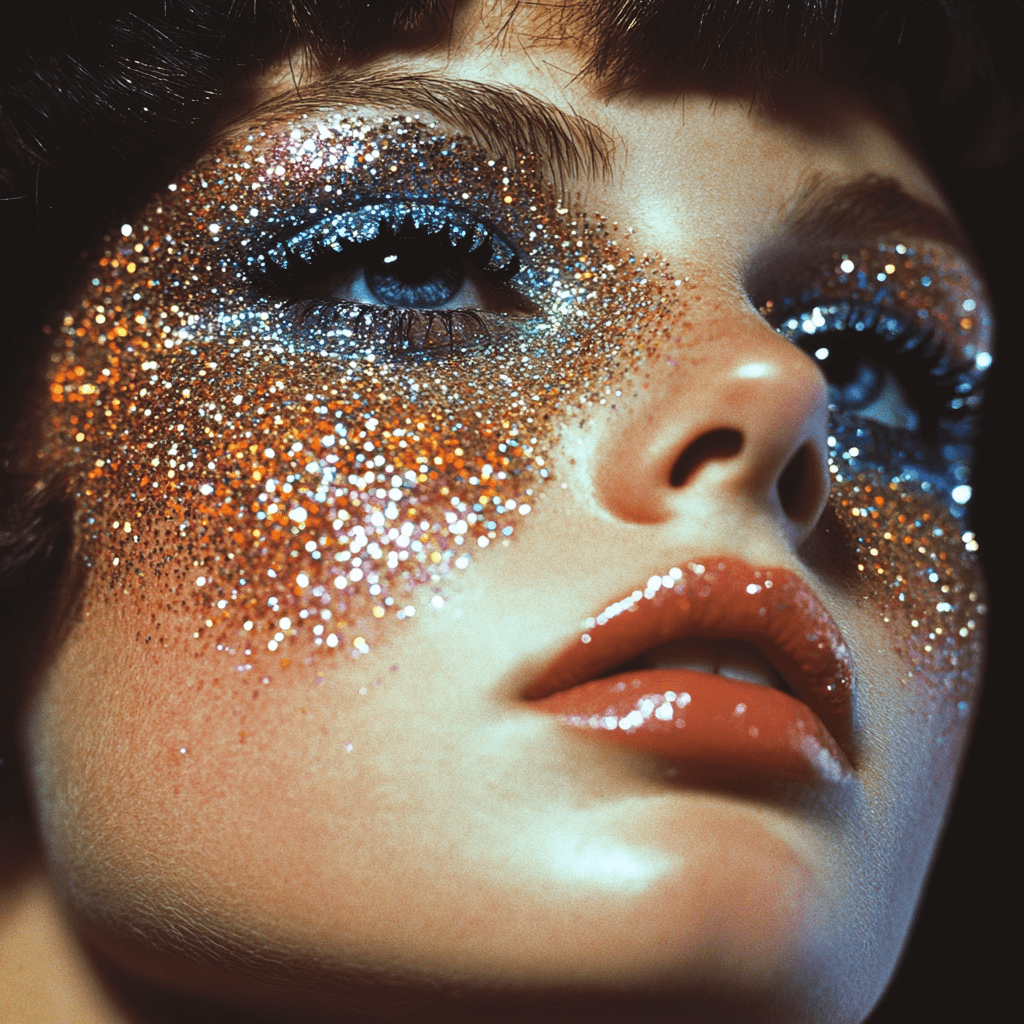
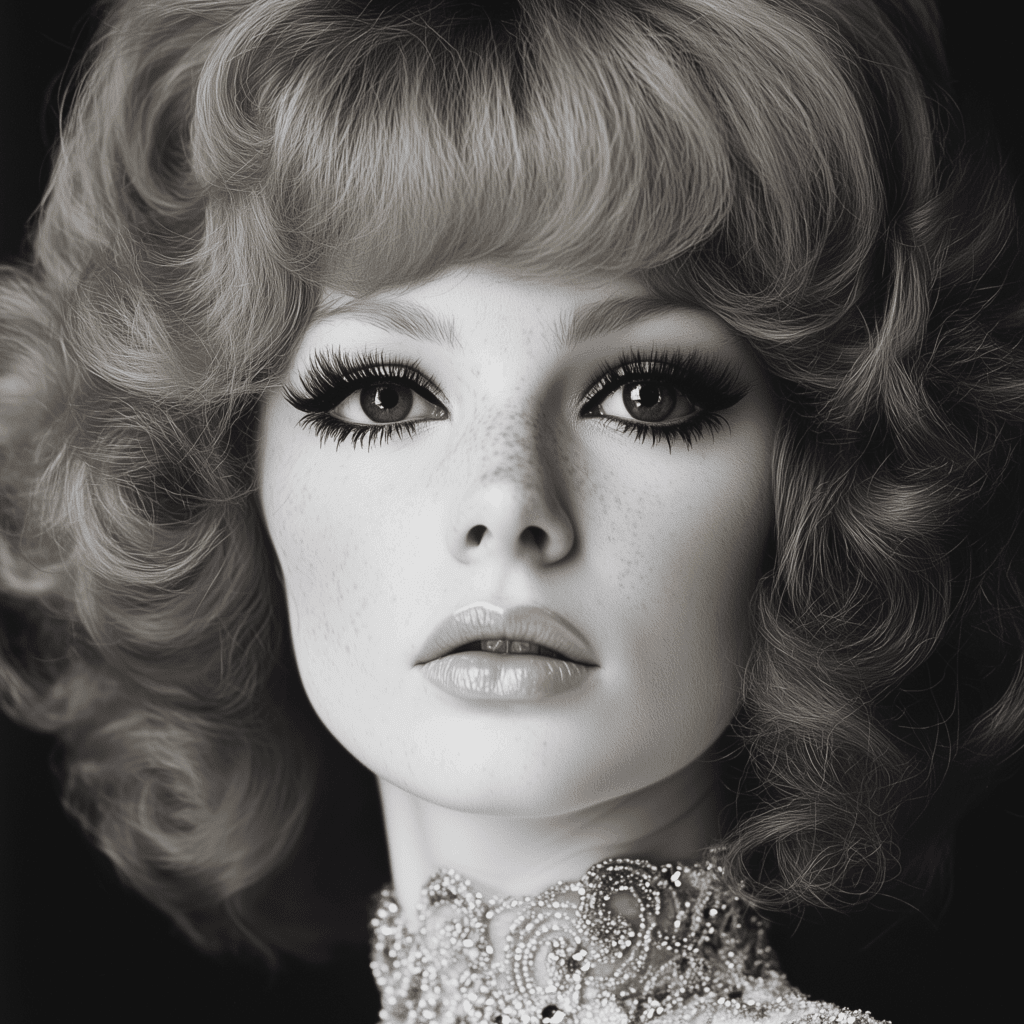
The epicenter of this fashion movement was undoubtedly Studio 54, the legendary New York nightclub that became the playground of celebrities, artists, and fashion trailblazers. It was here that Bianca Jagger famously rode in on a white horse, solidifying her status as a disco icon. The club’s ultra-exclusive door policy created an aura of mystery and glamour, making every outfit worn inside a potential page in fashion history.
From Saturday Night Fever to Diana Ross, the disco look exploded onto television, movies, and global runways. Disco fashion blurred the line between everyday wear and costume, between rebellion and celebration. It allowed people to reinvent themselves nightly—no rules, no limits.
Today, 70s outfits inspired by disco still dominate music festivals, retro-themed parties, and runway shows. Whether it’s a shimmering jumpsuit, exaggerated 70s fashion details, or dramatic 70s hairstyles, the disco era remains one of the most iconic and influential periods in style history. The legacy of disco fever lives on—not just in the music, but in the sparkling wardrobes it inspired.
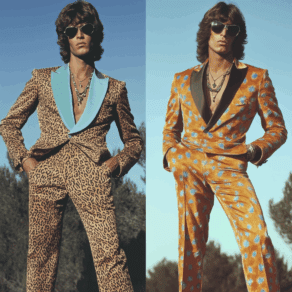
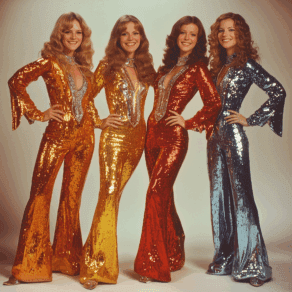
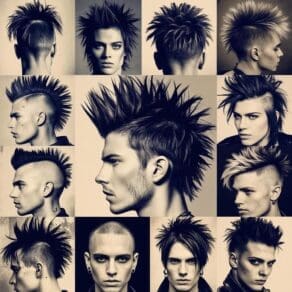

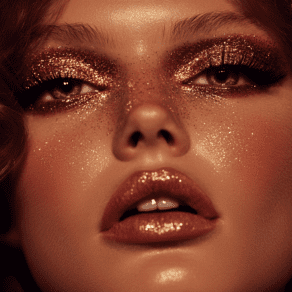
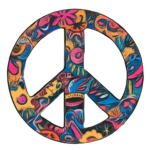
Leave a Comment